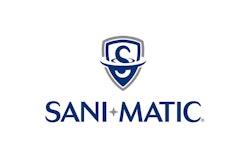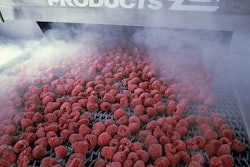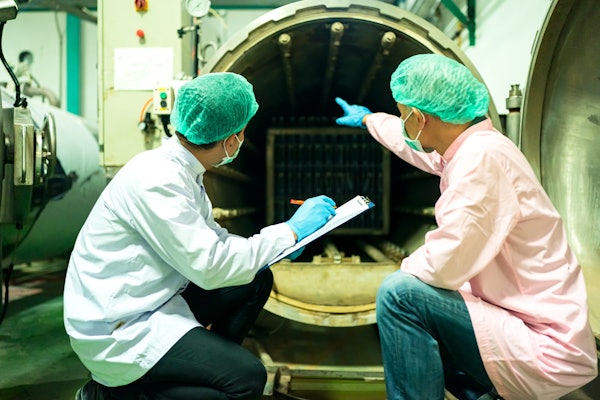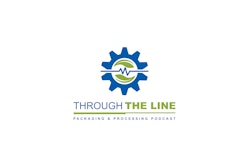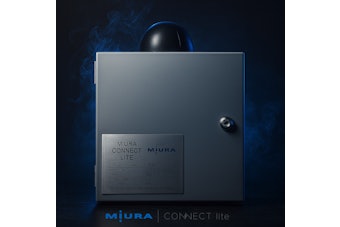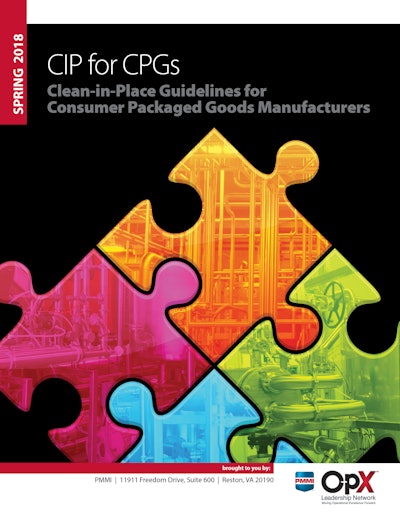
For many, clean in place (CIP) conjures up images of CIP standards and techniques from the dairy industry that has served as a beacon of best practices for many decades. But what about the many manufacturers who process food, beverages, cosmetics, personal care, pharmaceuticals, nutraceuticals, pet food, and bio-tech products? Turns out that there’s not just one universe—the dairy industry—but a multiverse of manufacturers for whom CIP guidance is warranted.
The situation defined the need for consumer packaged goods (CPG) manufacturers—CIP guidance beyond dairy only—and became the goal of PMMI’s OpX Leadership Network’s CIP Solutions Group when it developed the CIP for CPGs: Clean-in-Place Guidelines for Consumer Packaged Goods Manufacturers work product in 2018. A goal of this document is to outline generic definitions, equipment considerations, best practices, and protocols for CIP that can be leveraged across multiple process lines to drive improved operation, product quality, consumer safety, and sustainability results.
A key feature of this document, like all OpX work products, is that it is developed by CPG and OEM practitioners currently active in manufacturing—by industry, for industry! Accordingly, the document is organized around the day-to-day challenges and solutions for CIP cleaning and sanitation as follows:
• Cleaning – definitions, reasons to clean, and cleaning approach.
• Cleaning in Place – preparation, pre-rinse, wash, cleaning solutions, fluid characteristics and time, sanitation, final rinse, and inspections and testing.



